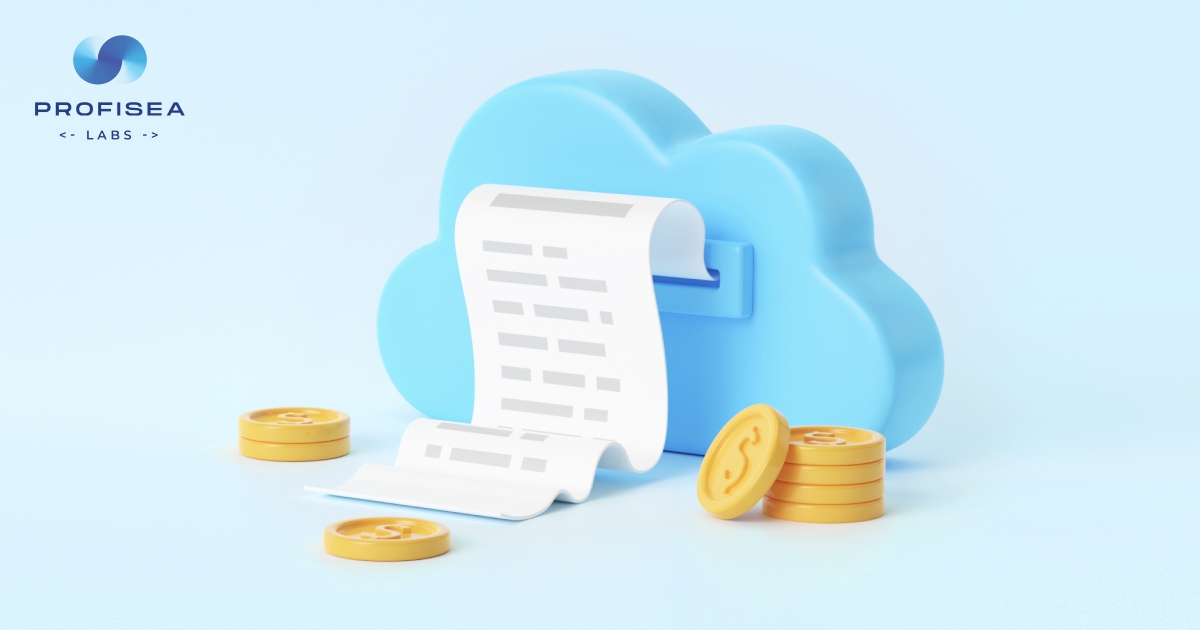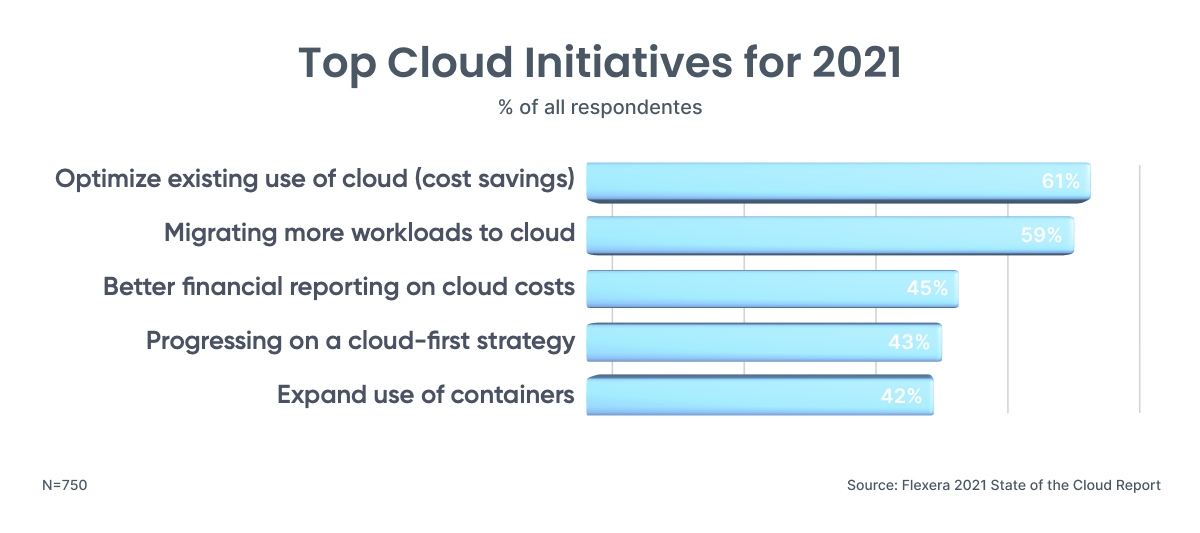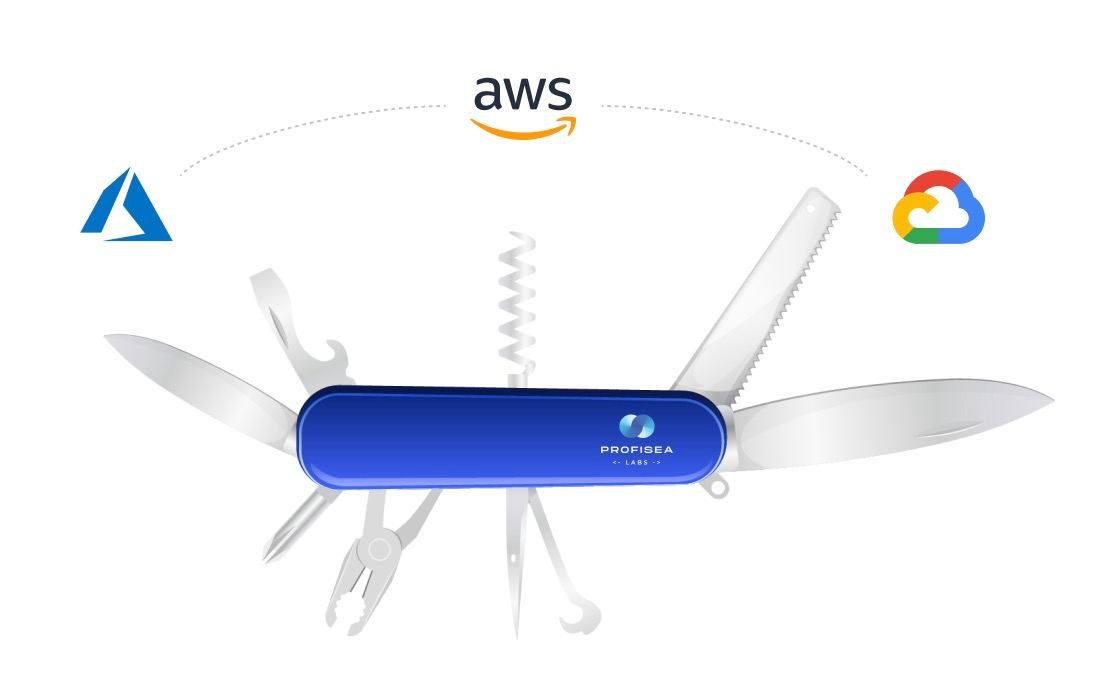
6 Tactics To Avoid Swollen Cloud Bills
Is your app run on a cloud? Good for you, but let me ask you a couple of questions: Do you have some parts in your cloud billing check, you can not explain? Do you lack visibility of cloud processes? Do you notice some instances are
unexploited but still produce costs? Do you constantly select the wrong sized instances? Do you continually detect you cannot forecast your cloud spendings? Do you steadily catch your cloud providers’ tendency to change their
pricing? Do you regularly spot you go over your cloud budget? If you managed to answer less than 5 ‘yeses’ to these thorny questions, what’s your secret?! In most cases, cloud infrastructure owners would have to admit they answer
positively to all of these poll items. So, here we will discuss the reasons why cloud bills rapidly climb up and what tactics to use to avoid cloud bills’ unwelcomed sprawl.
Cloud bill is skyrocketing in 2021
A cloud bill — a document that declares how much your business spends on cloud services is like a supermarket receipt that lists prices for each product. While it sounds very simple in theory, deciphering your cloud bill specifics
and more importantly cloud spending optimization is not a piece of cake, to say the least. Pretty often, IT decision-makers discover they refund for services they never knew they ordered or even needed. Moreover, it is not always
clear which terms in the bill correspond to which cloud services. Initially, IT specialists were segregated into those who dealt with finances and those who composed the code while influencing very little the cost of this code
executing. Lots of organizations still play by these rules, BTW. Entering today’s era of IT teams functioning by DevOps principles, engineers are engaged in creating code, testing it, deploying it, while in charge of 24/7 support.
One engineer can do it, really? Well, yes, owing to the cloud they get the cloud-based environment they need due to IaaS solutions and then robotize deployments due to IaC. This swift modernization has inevitably led to the
situation when potentially related waste was sufficient for many companies. However, with time, the skyrocketed cloud waste (mostly swollen bills) became not only unacceptable but also unbearable. According to
Flexera’s 2020 State of the Cloud Report, 36% of organizations said their annual cloud spending was in excess of $12 million, and 83% said
their cloud spending was in excess of $1.2 million a year. These numbers represent an increase from 2019 when 20% of organizations reported spending over $12 million annually and 74% reported spending over $1.2 million annually. For
SMBs, spending is up 38% from the 32% reported last year, making optimizing cloud cost savings a top drive for 2021. Considering optimizing spending has been a top cloud initiative for the fifth year running, we guess the 2022 year
top initiative will not be a big surprise.

6 Tactics To Avoid Swollen Cloud Bills
So, here are 6 reasons cloud bill climbs up and tactics to avoid cloud bill swelling:
-
- Lack of proper cloud visualization. It is hard to govern a cloud bill without a decent
cloud visualization platform in hand and without a cloud expert to translate these long datasheets just to make sense out of them. Cloud visualization empowers you to
understand each element of your systems, processes, and solutions needed to curb your cloud billing. Cloud visualization platforms significantly lower your expenses on infrastructure maintenance as they are predictable and
easily manageable. Consequently, this paves the way for remarkably efficient cloud bills reduction. - Sitting on two chairs, aka billing for many cloud providers makes the situation even worse.
Multiply the billing problem above by the number of clouds you use as each provider is a different world with exceptional rules and even language. So, it’s difficult to resist the conclusion that you should choose one CSP and
stick to it. - Different teams working in the same financial account continually conduce to the cloud bill sprawl. Cloud providers offer mechanisms that allow you to pigeonhole spending by account, organization, or project to ensure that a
team or department is sticking to their spending framework, so be sure to use this tactic. - Inadequate budgeting. Despite each cloud provider offering budgeting tools to restrict resources, cloud budgets tend to overrun. In a real case, the
Adobe team faced $80k of unplanned cloud costs per day, with a final bill getting over half a million dollars. What causes cloud budgets to
overgrow?- Identifying costly claims after the formal investigation is complete
- Not knowing your system specifications and making the false hypothesis about system functions
- Lack of auto-scaling design for apps
- Incorrect initialization logic in IaC that gets out of hand
- Using serverless features without aligned scaling
- Lack of concentration on the budget
- Poorly configured monitoring and alerts.
- Lack of proper cloud visualization. It is hard to govern a cloud bill without a decent
Addressing these cloud budget overwhelm grounds will definitely let you remain within your cloud budget limit.
- Forgetting to count some hidden resources or services. The biggest reason for inaccurate pricing of the public cloud is forgotten resources and services, such as data transfers, API calls, etc. This happens when enterprises do
not fully consider the deployment requirements of their workloads. Moreover, resource and service costs vary by region, and efforts to duplicate data in those regions can increase your total investment. Organizations should
incorporate this additional storage, management, and other costs into the cloud budget. - Complicated cloud cost foreseeing. Cloud cost pre-estimating should be a top priority when dealing with cloud budgets. With cloud providers offering forecasting tools like AWS Cost Explorer, Cloud Cost Management, or other
innovative cloud management platforms you can collect sufficient cloud spend data. This data will help you forecast your cloud cost spending in case you use appropriate
techniques like usage reports processing, cloud costs shaping, and peak resource usage sketches determining.
Terrific cloud management platform to curb billing sprawl

The best cloud management option available today is ProfiSea Labs allowing you to visualize, operate, analyze, scale-up/out, monitor, cost forecast, and optimize your cloud
infrastructure. ProfiSea Labs is a convenient yet reliable solution that provides a first-class virtual overview of all your assets and accounts anywhere in seconds. ProfiSea Labs empowers you to take full advantage of your cloud
investments and ensures that independent cloud management has never been more effortless. With ProfiSea Labs, you get:
- Clear visualization of your cloud architecture with real-time insights
- Complete control over your billing for all accounts
- Cloud costs overspending forecasting and prevention
- On-time notification to prevent overspending before you receive an oversized bill
- Costs optimization recommendations based on AI/ML-powered strategy
- User-friendly UI for cloud-non-experts independent interpretation and management
- Time-saving
- Explicit analytics and reporting from one environment to another for quick and precise interpretation
- Optimized DevOps/CloudOps Processes
- Improved team productivity
- Increased return on investment.
Final thoughts:
To spare/optimize cloud costs and hold down cloud billing in problem-solving time, you should utilize an automated СloudOps platform that is able to do all the heavy lifting
for you including cloud cost visualization, cloud cost optimization, and cloud cost forecasting. Don’t let your cloud bill balloon up and use a professional cloud management platform. If you have any DevOps/CloudOps-related
questions contact us for a free consultation.